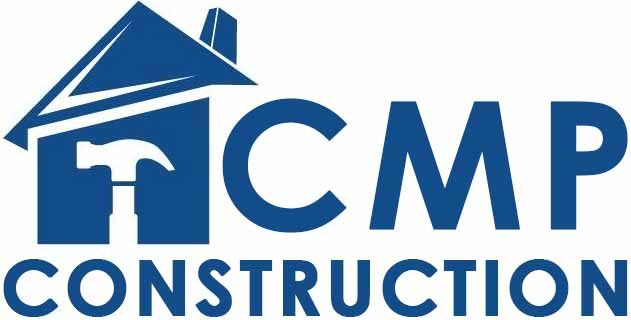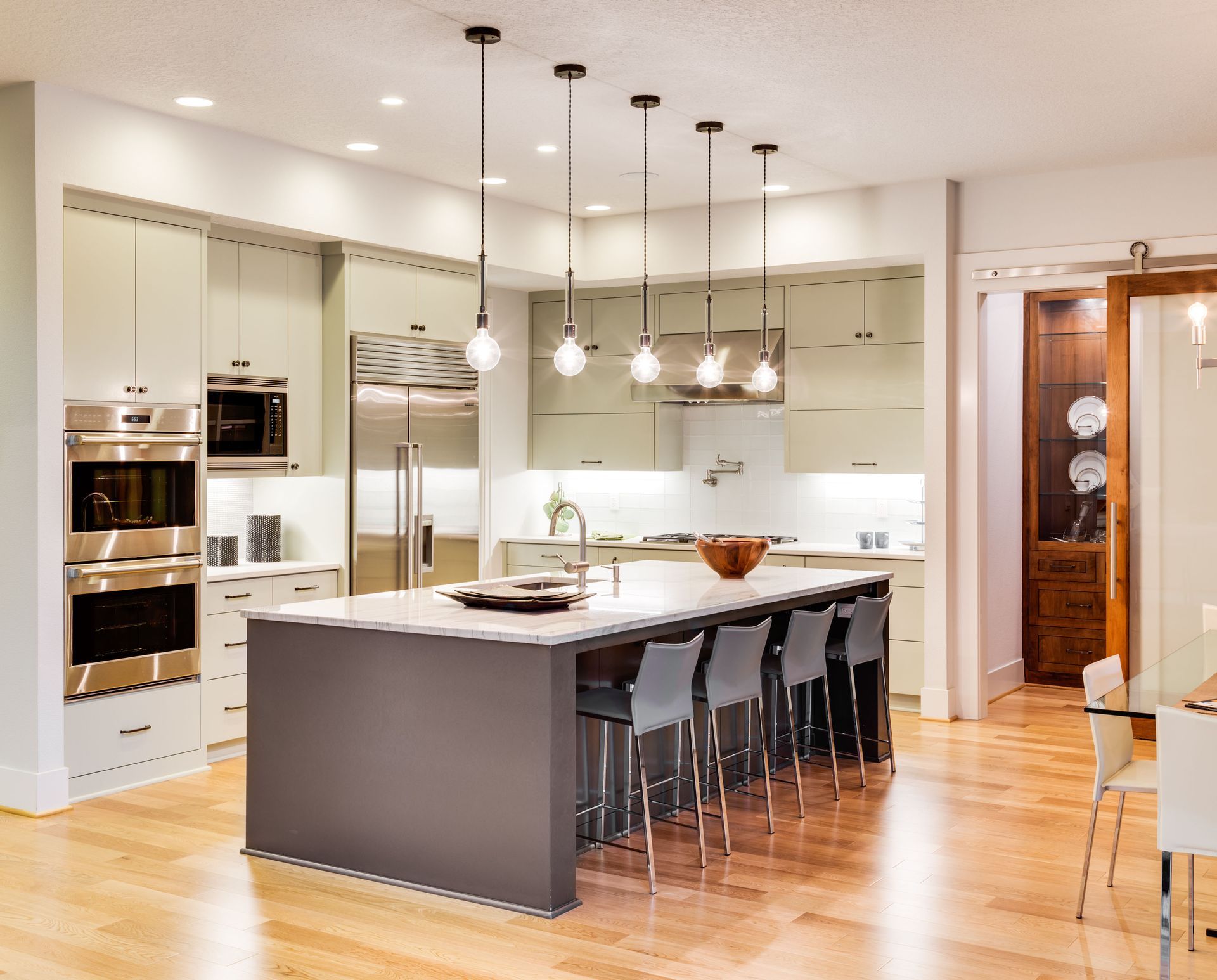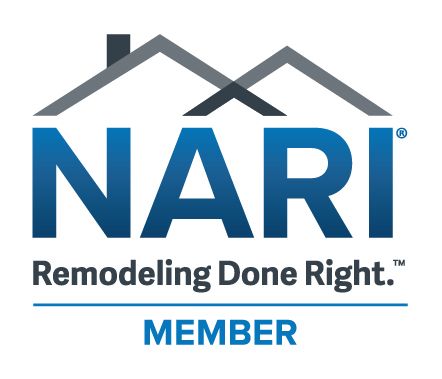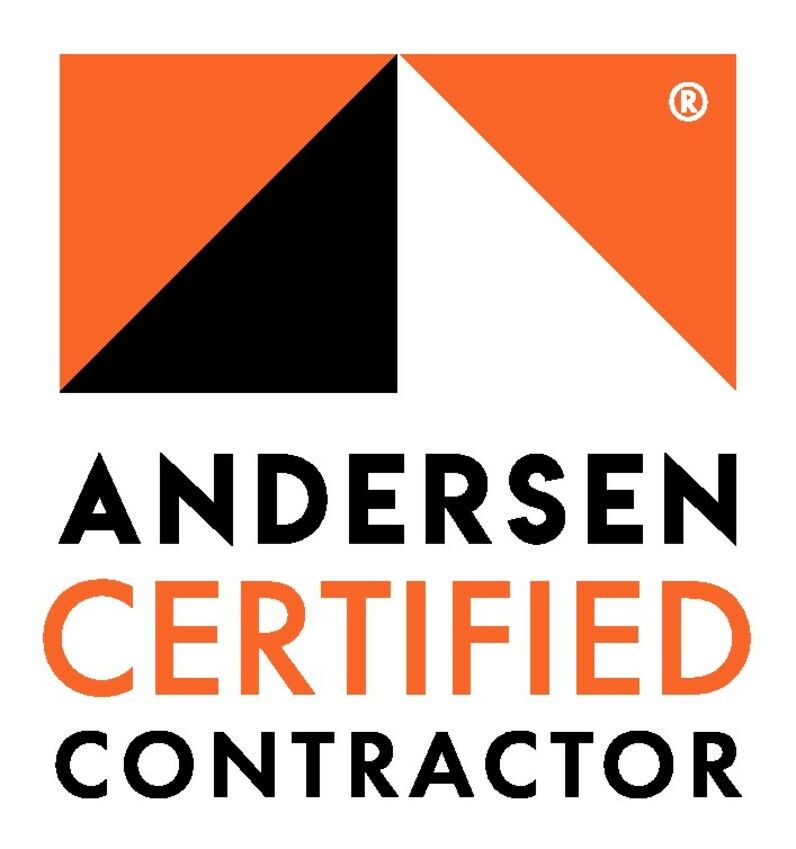How to Choose the Right Style for Your Kitchen Remodel
The kitchen has long been the heart of the home, where design meets function and personality meets practicality. Whether you’re upgrading an outdated space or building a new one from scratch, determining the right style for your kitchen remodel can be one of the most rewarding—and challenging—parts of the process. With countless materials, layouts, and aesthetics available, it’s easy to feel overwhelmed by choices. However, selecting a cohesive design that reflects both your lifestyle and long-term goals can ensure your investment stands the test of time. According to RealSimple.com, 27% of homeowners completed kitchen renovations in 2023, making it the most frequently updated space in the home. This growing trend reflects not only an emphasis on beauty and comfort but also a focus on functionality and value.
Understanding Your Space and Lifestyle
Before diving into design choices, it’s essential to evaluate how you use your kitchen day to day. Some homeowners see the kitchen as a social hub for entertaining, while others prioritize efficiency for family meals or quiet mornings. Understanding your lifestyle helps narrow down what kind of layout and design elements are most practical. For instance, open-concept kitchens that blend seamlessly into the living or dining area are ideal for those who love to host guests. In contrast, a more traditional closed design may be preferable for those who prefer separation between cooking and living spaces.
The size and layout of your kitchen play a major role in determining which design styles will function best. Compact spaces may benefit from minimalist or Scandinavian aesthetics, which emphasize light colors and efficient use of space. Larger kitchens, on the other hand, can accommodate more dramatic elements, such as a large island, custom cabinetry, or bold color contrasts. Additionally, consider how traffic flows through your space. If multiple people will use the kitchen at once, plan for ample clearance between appliances and countertops. A well-planned kitchen remodel starts with evaluating how the design will enhance your daily routine, not just its appearance.
Another factor to consider is storage. Think about how much cabinetry or pantry space you need and where it should be located for convenience. A kitchen used primarily for meal prep may require specialized storage for cookware and utensils, while a family-friendly space might need areas dedicated to snacks, school lunches, or small appliances. Taking stock of how you currently use your kitchen—and what frustrates you about it—can provide valuable insight into the type of remodel that will serve you best.
Exploring Popular Design Styles
Once you understand your functional needs, you can begin exploring aesthetic directions. Kitchen styles range widely, but a few remain timeless favorites. Modern kitchens emphasize sleek lines, smooth finishes, and uncluttered spaces. They often feature neutral color palettes with high-gloss cabinetry, stainless steel appliances, and minimal hardware. This look appeals to homeowners who appreciate simplicity and contemporary flair.
Farmhouse kitchens, on the other hand, offer warmth and charm. Think shaker-style cabinets, apron-front sinks, and wooden accents that bring a touch of rustic authenticity. These spaces blend comfort and functionality, often incorporating open shelving and natural materials like butcher block or reclaimed wood. A farmhouse-inspired kitchen remodel works particularly well in homes with traditional architecture or for those who want a cozy, welcoming feel.
Transitional kitchens strike a balance between old and new, combining modern simplicity with classic detailing. This style is ideal for homeowners who enjoy timeless elegance without feeling too formal. By blending neutral colors, mixed textures, and subtle ornamentation, transitional kitchens maintain flexibility for future updates.
Coastal designs have also gained popularity, especially in homes near water or for those who love light, airy environments. They feature soft blues, whites, and sandy tones, often accented by natural materials such as rattan or driftwood. The goal is to evoke a relaxed, beach-inspired atmosphere without overwhelming the senses.
For those with bold tastes, industrial kitchens make a strong statement with exposed brick, metal accents, and utilitarian fixtures. They exude urban sophistication and are well-suited to loft-style or contemporary homes. The key to any style is cohesion—selecting colors, textures, and materials that complement one another while aligning with your home’s architecture.
Balancing Functionality With Aesthetics
While style is important, functionality should never be sacrificed for looks. A successful kitchen remodel blends visual appeal with practical design choices that enhance daily living. Begin with the layout—the “kitchen work triangle,” which connects the sink, stove, and refrigerator, remains a timeless principle that improves efficiency and meal prep.
Lighting also plays a crucial role. Layer ambient, task, and accent lighting to create both function and atmosphere. Maximize natural light whenever possible, as it improves visibility and comfort
Choose durable materials that withstand heavy use while maintaining beauty. Quartz and granite countertops, along with hardwood or tile flooring, offer lasting value. Avoid materials prone to staining or difficult upkeep.
Optimize storage with custom cabinetry, pull-out drawers, and vertical solutions for a clean, organized appearance. Handleless cabinets suit modern kitchens, while glass-front styles complement traditional designs. Finally, select energy-efficient appliances that align with your aesthetic and help reduce long-term costs.
Considering Color, Texture, and Finishing Touches
Color schemes and textures play a defining role in the atmosphere of your kitchen. Light, neutral tones make spaces feel larger and brighter, while darker hues add depth and sophistication. For a timeless look, white kitchens continue to dominate, but many homeowners are embracing bolder shades such as navy, forest green, or matte black. These can be balanced with lighter countertops or metallic accents to avoid overwhelming the space.
Texture adds character and warmth to any design. Pairing smooth quartz counters with rough-hewn wood beams, or matte cabinetry with glossy backsplashes, creates contrast and visual appeal. Similarly, mixing metals—such as brushed brass fixtures with stainless steel appliances—can introduce subtle complexity.
Backsplashes provide an opportunity for creativity. Classic subway tiles remain a favorite for their versatility, while patterned ceramic tiles, marble slabs, or mosaic designs can inject personality. Even small details like cabinet hardware, faucets, and lighting finishes can transform a simple kitchen remodel into a cohesive, polished design.
It’s also important to consider how your chosen style will interact with the rest of your home. Consistency in design ensures a natural flow between spaces. For example, a contemporary kitchen in an otherwise traditional home can feel jarring unless transitional elements are used to bridge the gap. Maintaining harmony through color and material selection creates a unified aesthetic throughout your home.
Planning for Long-Term Value and Personal Satisfaction
A kitchen remodel represents both a personal and financial investment. While it’s tempting to follow current trends, longevity should guide your decisions. Choosing timeless materials and designs ensures your kitchen remains appealing for years. Trends like open shelving or bold cabinet colors may fade, but classic layouts and quality finishes endure.
Budget planning is equally important. Establish a clear spending plan early to prevent overspending. Prioritize essential upgrades—such as plumbing, electrical work, and cabinetry—before allocating funds to decorative details. Always reserve a contingency budget for unexpected costs that may arise.
A well-executed remodel enhances daily living and can significantly boost resale value. Prospective buyers often view the kitchen as a reflection of the home’s overall quality, so cohesive design choices make your property more competitive. Finally, while expert guidance is valuable, ensure your kitchen reflects your personal taste. Draw inspiration from magazines, portfolios, or showrooms, but blend styles freely. The best kitchens balance individuality with timeless appeal.
Choosing the right style for your kitchen remodel is about more than aesthetics—it’s a process of aligning your functional needs, lifestyle, and personal expression. From the layout and materials to lighting and finishing touches, every decision contributes to a space that enhances both your home’s value and your quality of life. By understanding your space, exploring different design styles, and focusing on long-term satisfaction, you can create a kitchen that remains beautiful, efficient, and meaningful for years to come. Contact CMP Construction today to schedule your consultation and bring your dream remodel to life.







Share On: